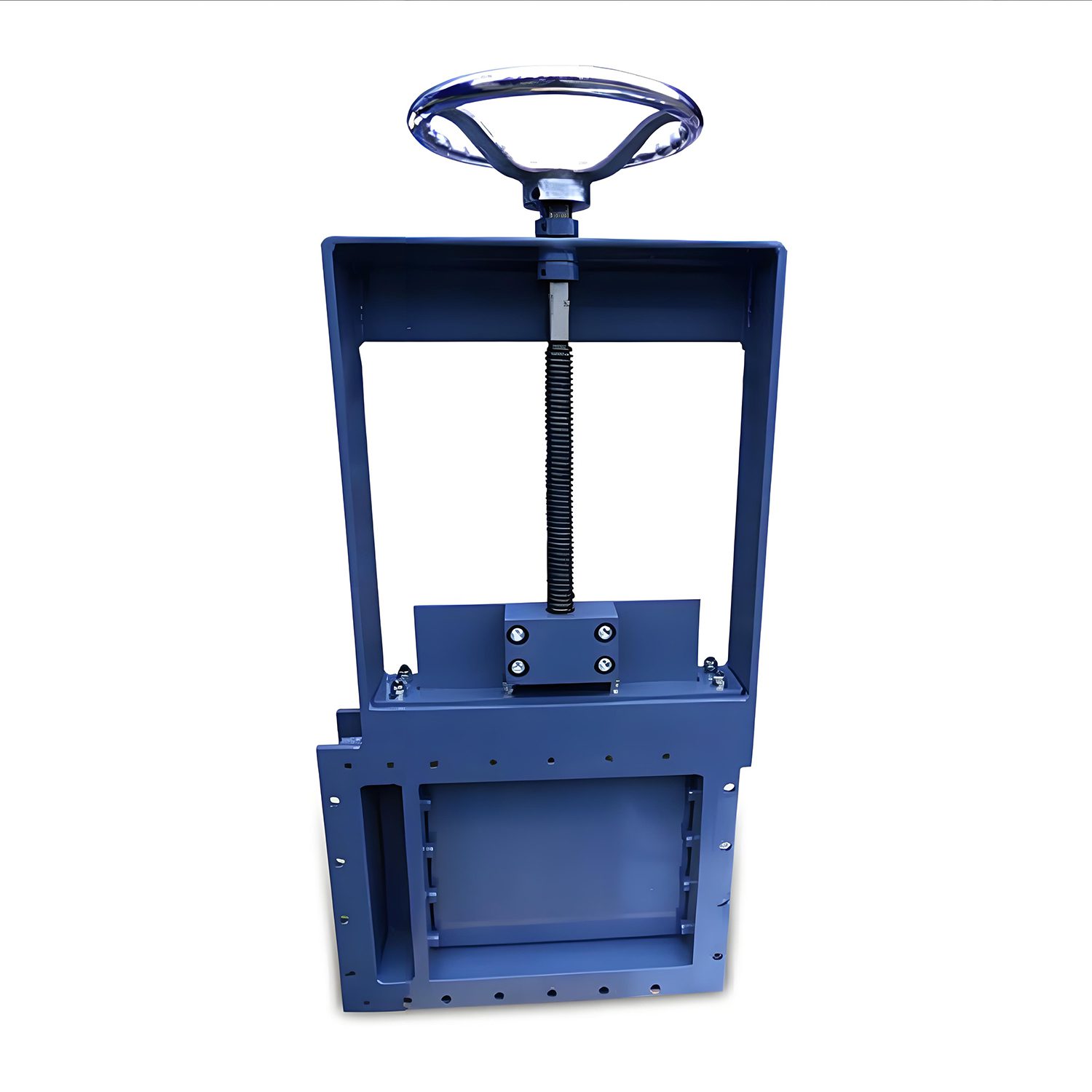Features
- Simple Design: The manual gate valve has a straightforward construction, making it easy to operate and maintain.
- Compact Structure: Its compact design allows for installation in tight spaces within various piping systems.
- Fluid Compatibility: Suitable for a range of fluids, including water, gases, and oils.
- Sealing Performance: Offers excellent sealing capabilities to prevent leaks.
- Pressure Resistance: Designed to withstand high pressure, ensuring reliable performance in demanding applications.
- Frequent Use: Ideal for applications that require regular opening and closing or flow regulation.
Application
A manual gate valve can be applied in various industries and scenarios, including:
- Water Supply Systems: Used to control the flow of drinking water in municipal water distribution networks.
- Oil and Gas Industry: Employed in pipelines to manage the flow of crude oil, natural gas, and refined products.
- Chemical Processing: Utilized in chemical plants to regulate the flow of corrosive or hazardous fluids.
- Power Generation: Found in power plants for cooling water systems and steam lines.
- HVAC Systems: Used in heating and cooling systems to control the flow of water or refrigerants.
- Irrigation Systems: Applied in agricultural settings to manage water flow to fields and crops.
- Fire Protection Systems: Installed in fire sprinkler systems to control water flow during emergencies.
- Wastewater Treatment: Used to regulate the flow of wastewater through treatment facilities.
Main performance parameters
|
Nominal pressure (MPa) |
0.1~0.6 |
|
Applicable temperature (℃) |
≤150 |
|
Applicable media |
dust material |
How to maintain a manual gate valve ?
There are significant differences in maintenance between manual and electric gate valves. Manual gate valves have advantages in simplicity, cost-effectiveness, and emergency operation.
Here are some key maintenance practices:
1. Regular Inspection
- Visual Checks: Look for signs of leaks, rust, or corrosion on the valve body and connections.
- Operation Test: Manually operate the valve periodically to ensure it opens and closes smoothly.
2. Lubrication
- Threaded Components: Apply lubricant to the valve stem and threads to reduce friction and prevent wear.
- Check Seals: Inspect and lubricate seals if applicable, ensuring they remain pliable and effective.
3. Cleaning
- Remove Debris: Clean the valve exterior to prevent buildup of dirt and contaminants.
- Flush Internally: Periodically flush the valve with a suitable fluid to remove any sediment or buildup inside.
4. Tightening Bolts and Connections
- Check Fasteners: Ensure all bolts and connections are tight to prevent leaks and maintain structural integrity.
5. Replacement of Worn Parts
- Inspect Wedges and Seals: Check the gate and seals for wear; replace them if damaged or worn out.
- Schedule Replacements: Plan for regular replacement intervals based on usage and manufacturer recommendations.
6. Operating Procedures
- Avoid Over-Torquing: Do not force the valve beyond its design limits, as this can cause damage.
- Proper Use: Ensure that the valve is used correctly within its specified parameters (temperature, pressure, and fluid type).
7. Documentation
- Maintenance Records: Keep detailed records of inspections, repairs, and replacements to track the valve’s condition over time.
If you are looking for a manufacturer of Manual gate valve, you can trust Darko.


